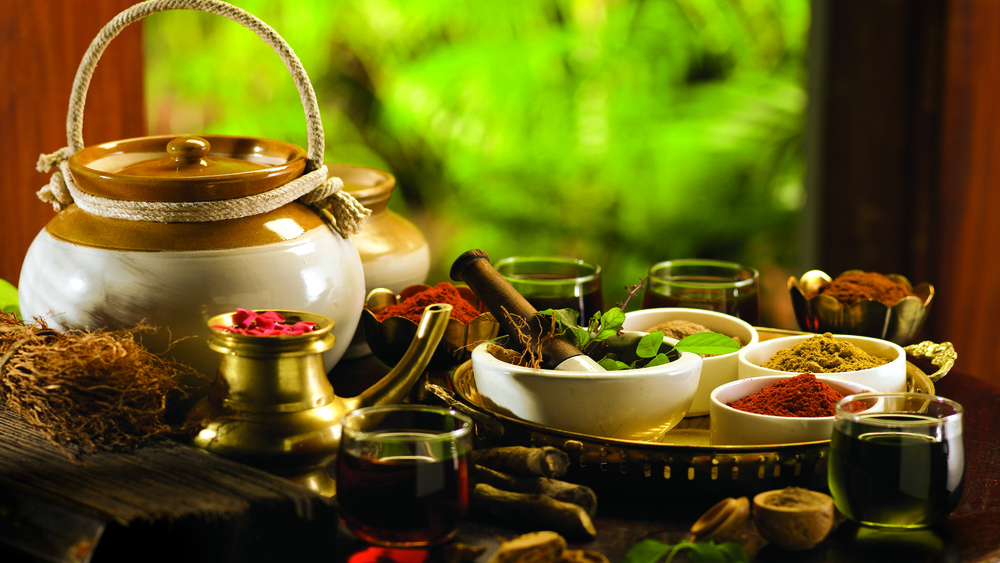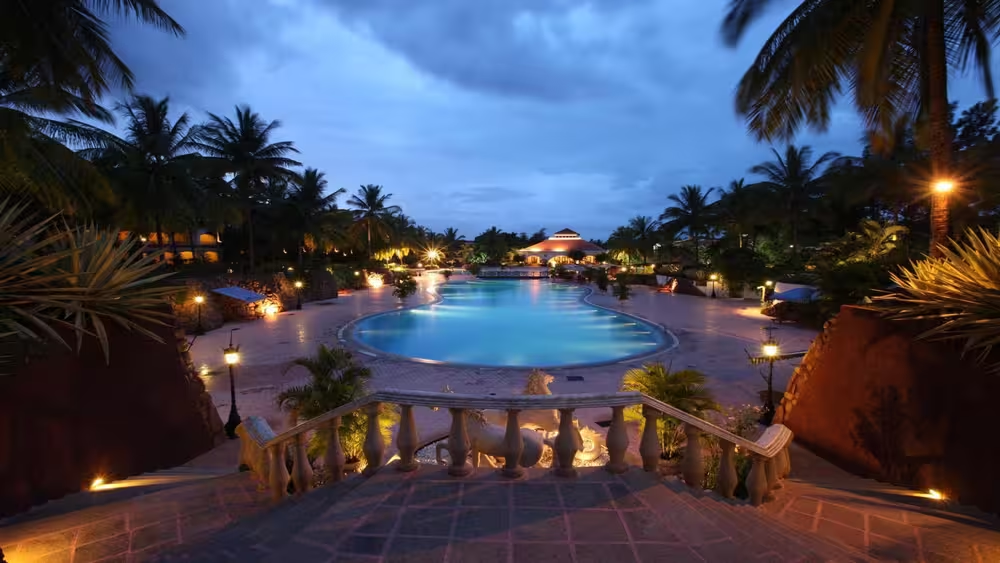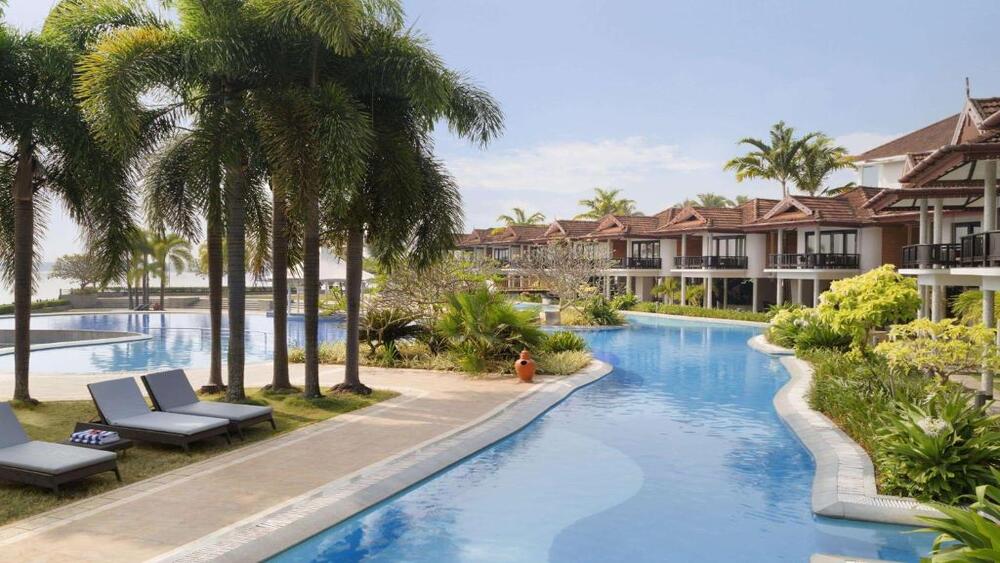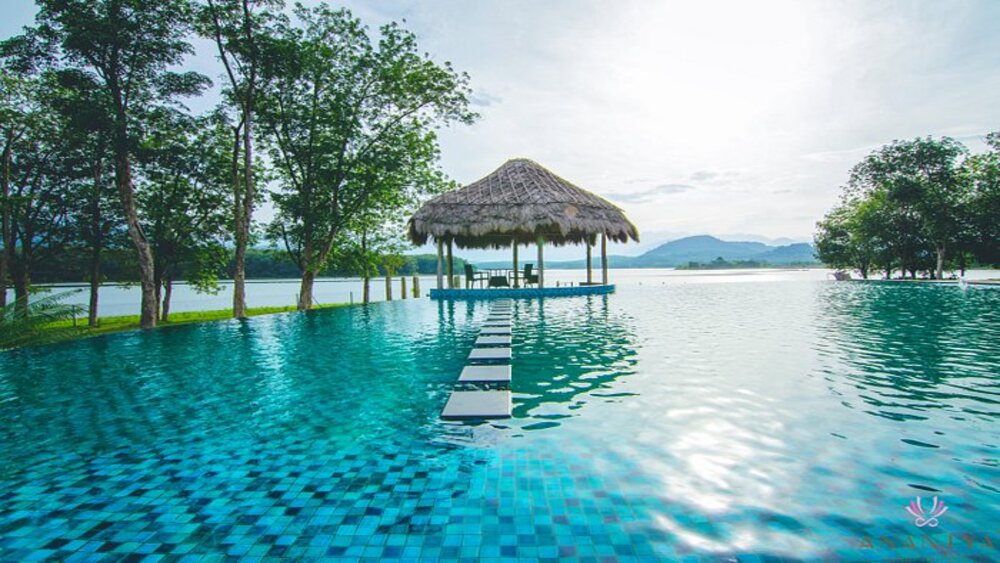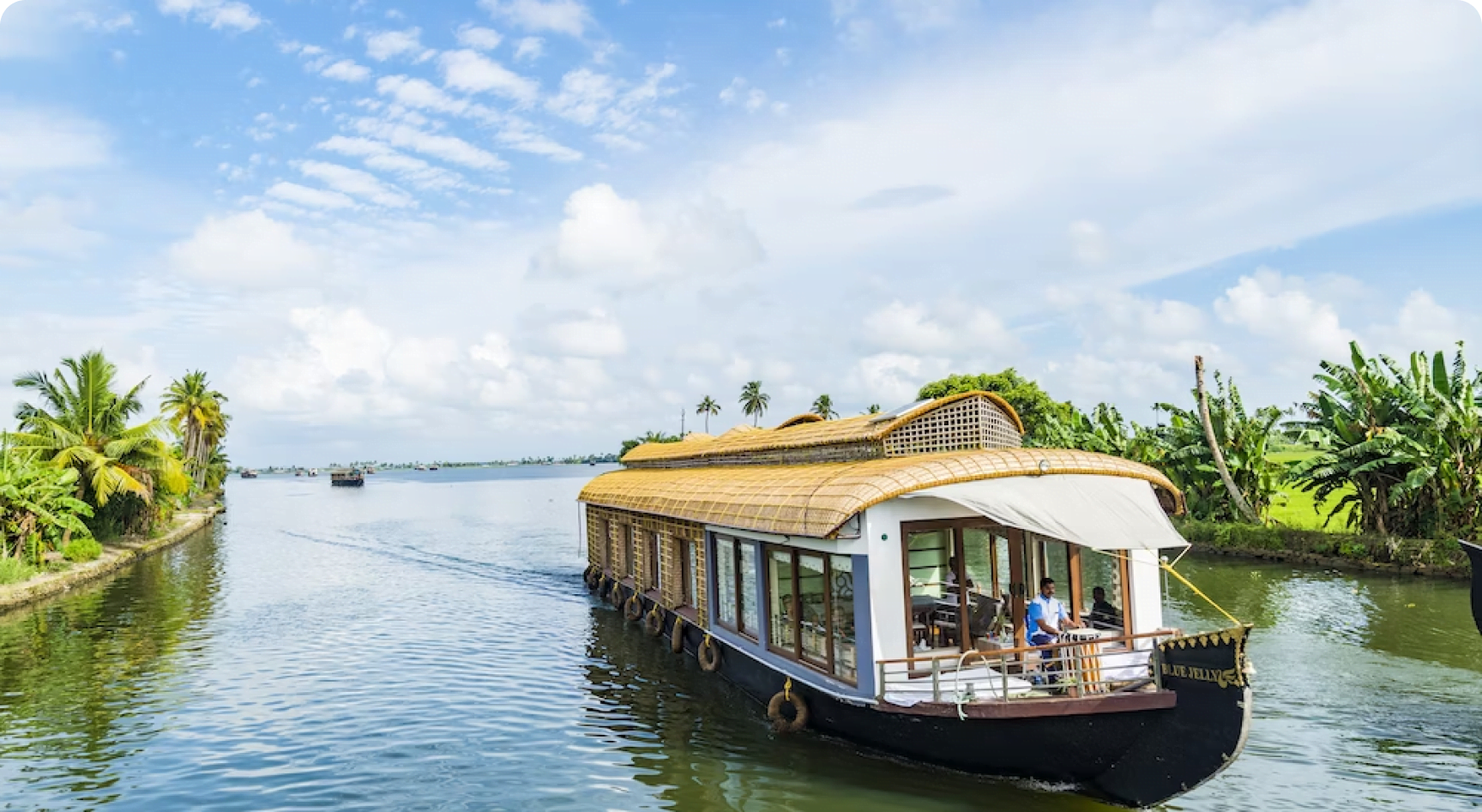

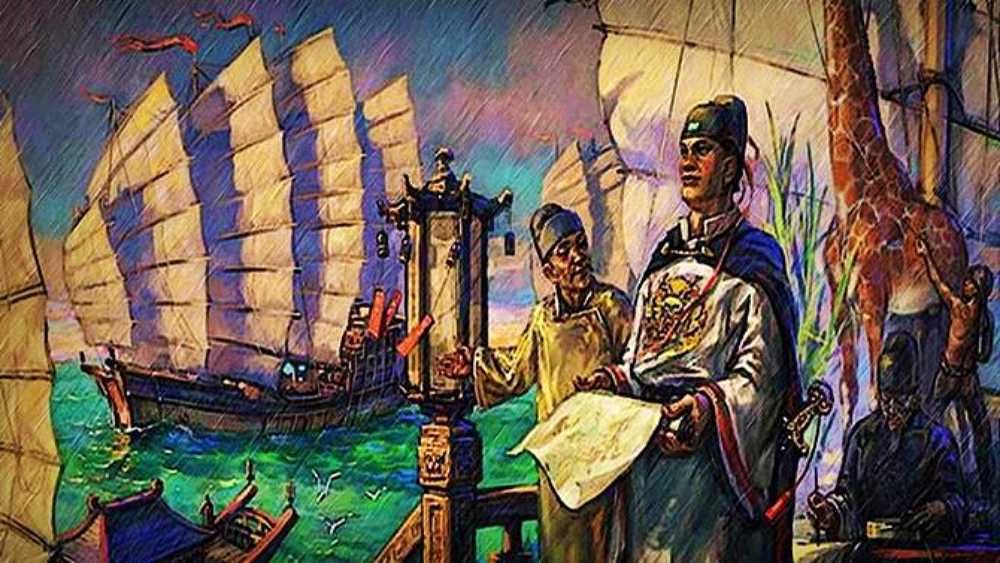
In a hamlet on the shores of the Arabian Sea in Kozhikode (Calicut), there is a Silk Street to remind us of the ancient maritime spice route between China and Kerala that flourished between the 2nd century BC and 15th century AD, connecting traders from India to China, Southeast Asia, Arabian Peninsula, Somalia, Egypt and Europe. We would like our readers to know that Tyndis was one of the ancient ports in the Malabar region on this route.

Kerala has been a great melting pot of genes and you’ll find the people in this state has all kinds of complexion and features. This can be evidently attributed to the social and commercial intercourse of sea traders from far and wide mingling with the locals.
Four centuries between 1125 (the decline of the Perumals) and 1498 (arrival of Europeans in Kerala), Kozhikode flourished as a major seaport for trade. Arabs got goods from the West to exchange with wares that the Chinese brought from the Far East. Kerala history has reference to this trade between Kerala and China.
The prefix of Chinese added to Cheena Pattu (Chinese silk), Cheena Chatty (Chinese Pans), Cheena Bharani (Chinese Jars) Cheenam Palli – a mosque in Panthalayani, Kozhikode, and of course Cheena Vala (Chinese net) used even today is a reminiscence of Chinese influence in Kerala. The elements of Chinese influence in Kerala are clear evidence of the trade between Kerala and China. This is stated in Kerala history as the spice route between China and Kerala that might have strongly existed.

Much ahead of navigators like Christopher Columbus and Vasco da Gama, historical accounts refer to Cheng Ho (Zheng He), a fleet admiral and explorer of China’s early Ming dynasty prominent in the early fifteenth century.
Historical records mention that he visited Kozhikode in 1403 AD with his fleet of more than 20,000 men and tagged along 60 treasure ships ten times bigger than his contemporaries. During one of the naval expeditions in the Indian Ocean, it is said that he fell sick and was buried at sea off the coast of Calicut.

During one of the naval expeditions in the Indian Ocean, it is said that he fell sick and was buried at sea off the coast of Calicut. Back home, Ma Huan, the Chinese sailor part of this Imperial Chinese fleet lauds Calicut as a great emporium of trade between Kerala and China frequented by merchants from around the world.
From the Kerala history and other references, we can imagine the ancient spice route in China and Kerala that must have existed. Ma Huan mentions the presence of nearly 30 mosques built for the religious needs of Muslims, the matrilineal system of succession and finds the calculation done by the traders using fingers and toes interesting.
Today for instance, in China, Malayalees are spread across the country from Beijing to Guangzhou and beyond; but hundreds of years ago to cover the 4,000 km stretch across the ocean, the trade between from Kerala and China would have been an adventure of a lifetime. This emphasizes the importance of the spice route between China and Kerala in Kerala history.
During the 10th and 15th century, there are accounts of traders from China landing in Kozhikode, Kochi and Kollam and people from here going and settling in China. It is presumed that traders from Kerala had travelled to China by a returning vessel or as part of diplomatic representations.
Inquisitive to know what happened to those traders from Kerala, Joe Thomas Karackattu, a humanities professor from IIT Madras went on to do extensive research for two years, interviewed historians, travelled to Guangxi in South China to trace the present descendants of the trader from Kerala in its 20th generation now.
According to their jiaupu (the Chinese word for the family genealogy book) records, 700 years ago their first ancestor Ma Li Ke (which could be Malik or Malaki) a trader from Kozhikode (referred to as Guli by the Chinese) arrived in China to do some trade. This must be connected to the ancient spice route between China and Kerala.
Xunkai, the present descendant of Ma Li Ke looks like any other Chinese with no traces of Indian features, but he and his wife have a good understanding of Indo-China political scenario. Spellbound by his discovery, Joe made a documentary film ‘Guli’s Children’ about his experience in tracing the lineage of the traveller from the Malabar. This discovery is an important link to the vague idea of the spice route between China and Kerala.

Portuguese Dominance in Spice Trade
In 1498, the Portuguese attemped to de-stabilize the monopoly of Zamorins in Calicut and obtain the trading privileges of spices here. To strengthen the navy, Zamorin of Calicut appointed Kunjali Marakkar as the naval chief. From 1507 to 1600 Kunjali Marakkars protected the waters and are credited with organizing the first naval defence of the Indian coast.
One interesting reference of the Chinese contribution in those times was of Chinali – a Chinese boy, who had been enslaved on a Portuguese ship. Kunjali IV had rescued this boy and he grew up to be the most feared lieutenants of Kunjali’s force. In 1598, the Portuguese convinced the Zamorin that Marakkar IV intended to take over his kingdom. Trusting the Portuguese, Zamorin allied with them to defeat Marakkar IV and his right-hand man.

Many tourists are taken by surprise to see posters of Che Guevara and hammer and sickle – the emblem of Communism, seen stuck on the walls and poles all across Kerala especially the Malabar region, the epicentre of Communist movement.
Che Guevara was one of those epitomes in the world who fought for justice against the capitalists. Many communists in Kerala see him as their comrade and expect their leaders to imbibe Guevara’s qualities.

A powerful factor that helped in the growth of the left movement in the Malabar was the support it received from the radical section of the anti-colonial native Muslims in the 1930s and ’40s. Mao’s revolution was indeed another source of inspiration for the emergence of a powerful left-wing in politics of the state.
The only difference is, in the 1957 constitution of Communist Party of India (CPI), it is stated their aim was to stop landlords exploiting poor peasants and labourers and not crush political dissent. Thus, even though CPI is ruling the state today, it allows the existence of opposing parties.

If you are fond of knowing untold stories about the ancient spice route between China and Kerala or the history behind the monuments or other places that you visit on your trip to Kerala, then Get in Touch with us today! We can tailor-make a storytelling holiday tour for you.
